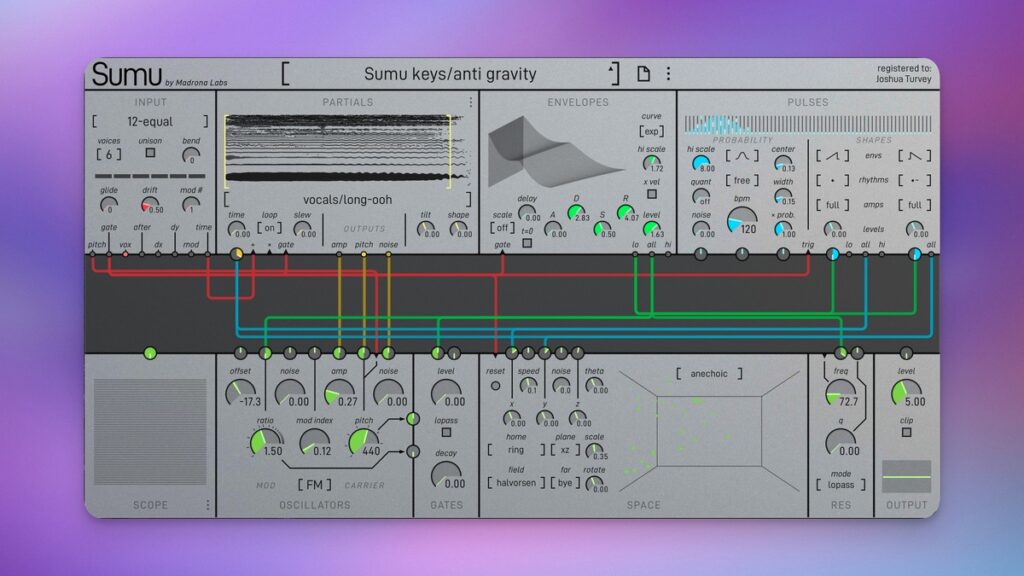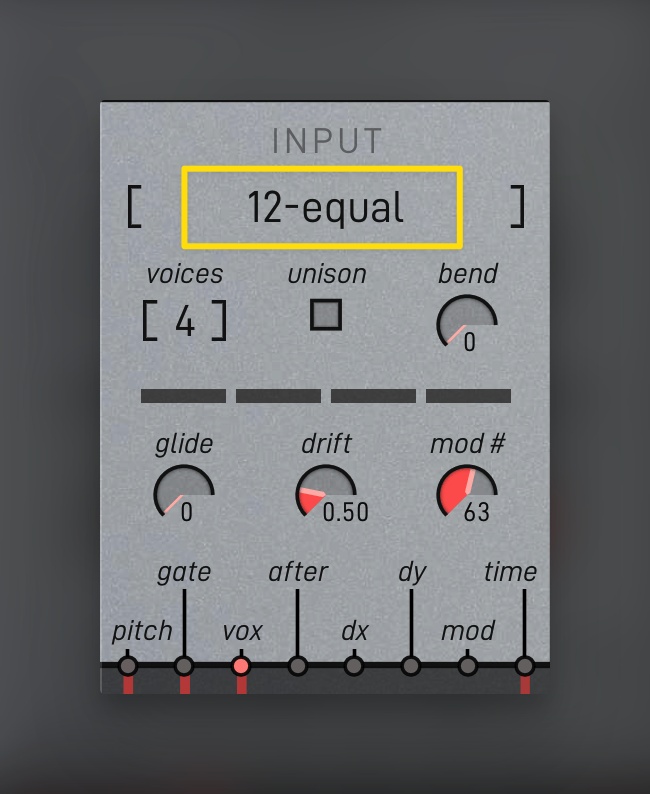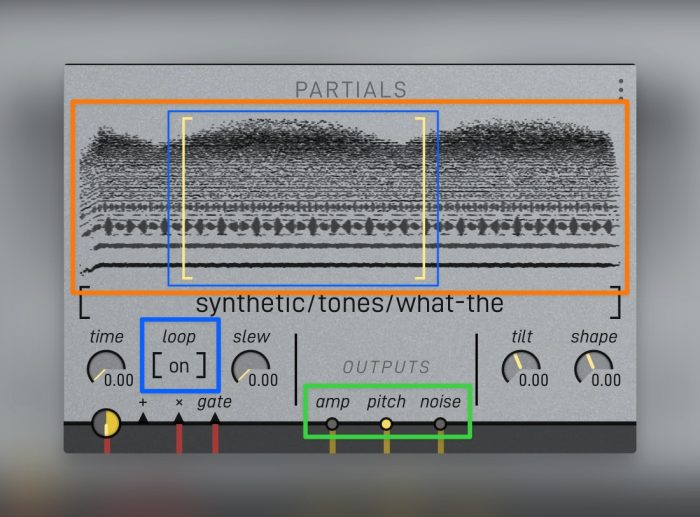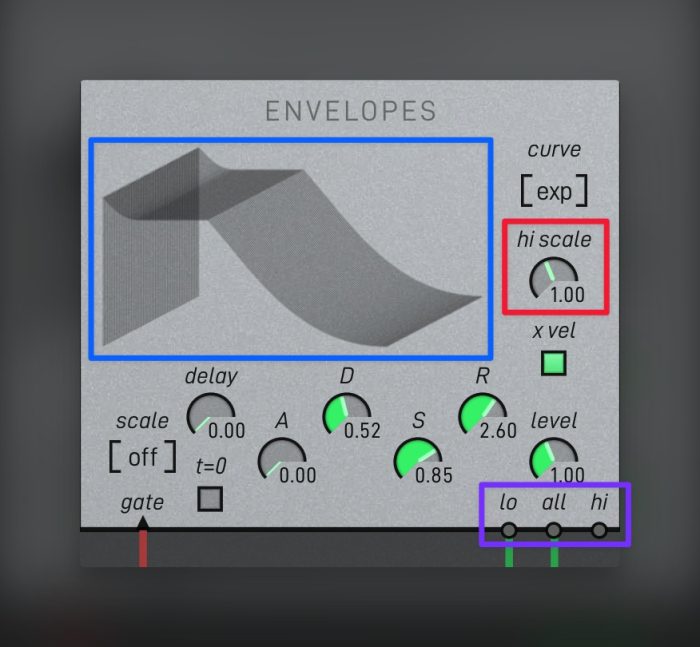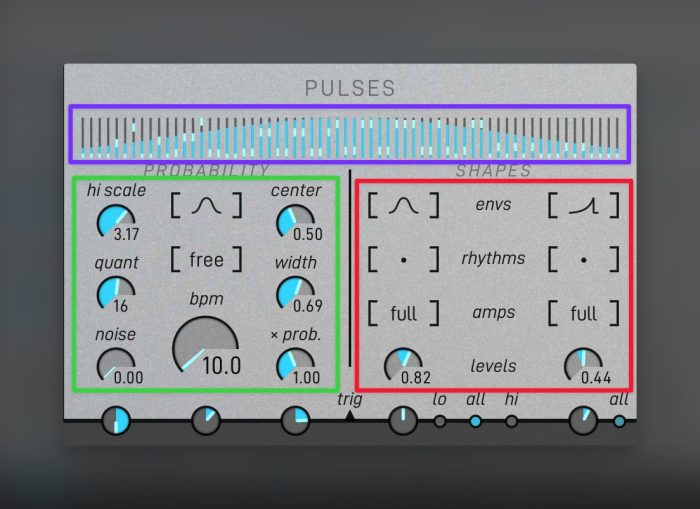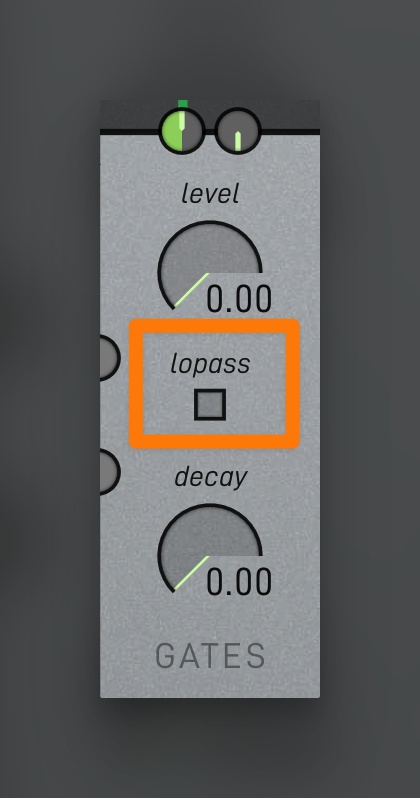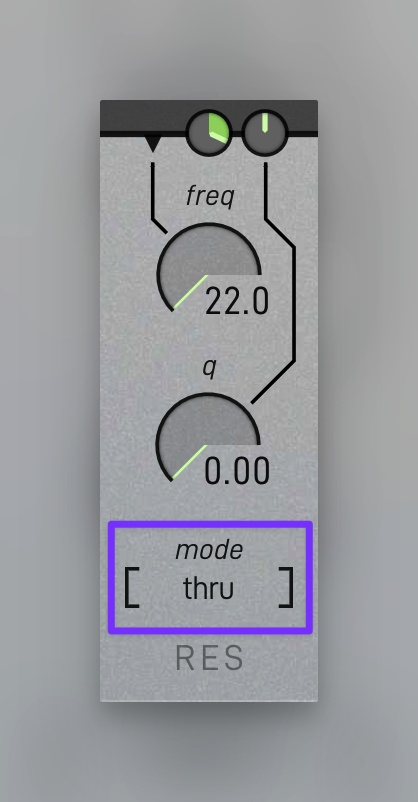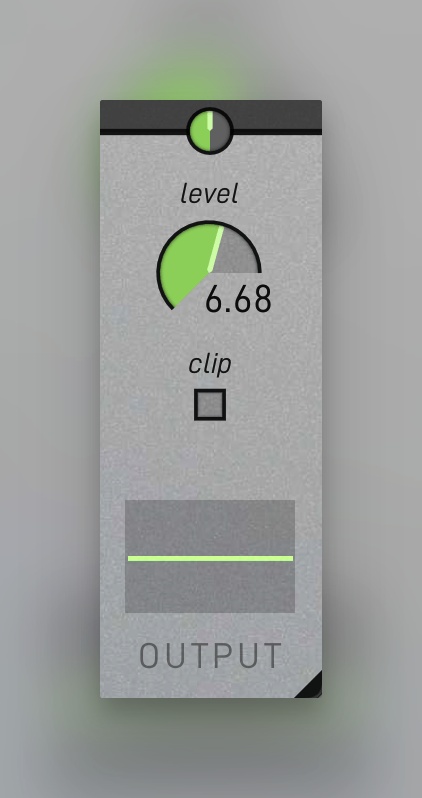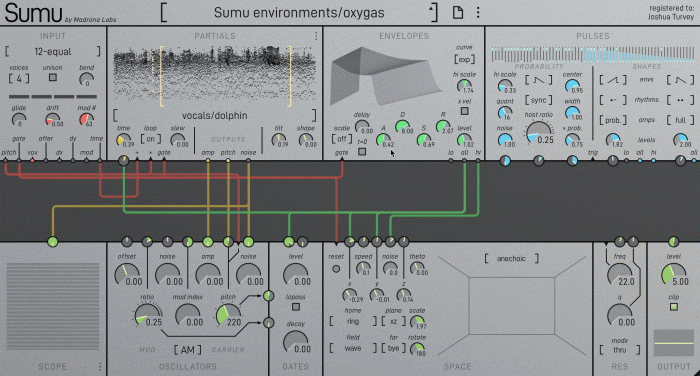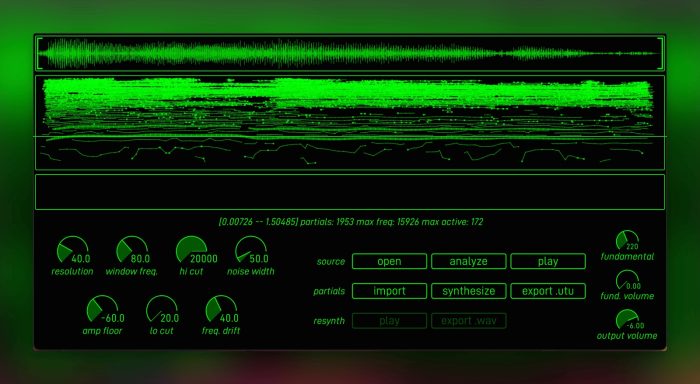There’s no shortage of software synthesizers available on the market these days, and while many have similar concepts and overlapping features, that doesn’t mean there’s nothing exciting to explore anymore.
NoiseQuest’s Josh Turvey takes a closer look at Madrona Labs’ semi-modular spectral synthesizer Sumu in his latest review.
Summary
‘Sumu’ is a bonafide, sound-design powerhouse that weaves Additive Re-synthesis and Frequency Modulation (FM) into a Semi-Modular architecture. Its re-synthesis capabilities are made possible by its standalone companion app ‘Vutu’, which ensures incredible sonic versatility when re-synthesising various audio sources. As a package, Sumu and Vutu excel at experimental, atmospheric, and ambient styles of music.
Pros:
- Sumu is unique, explorative, and creatively enriching.
- The re-synthesis capabilities are superb.
- Excellent implementation of a semi-modular design that is creatively stimulating and fun to explore.
- Fantastic selection of features to manage and manipulate Sumu’s 64 partials across modules.
- Aftertouch is included for increased expressivity.
- Inspiring range of factory content (e.g. presets and re-synthesised audio sources).
Cons:
- A foundational understanding of Additive Synthesis, FM, and Modular Synthesis is required to maximise Sumu’s utility and potential.
- Managing the connections within the Patcher can be tricky for complex configurations.
Intro
Since their inception, Seattle-based ‘Madrona Labs’ has established a deserved reputation for crafting innovative plugins that push the boundaries of convention. Over the years, their catalogue has grown to include various plugins ranging from West Coast Synthesis, to Physical Modelling, Granular Processing, and Reverb.
True to their trademark minimalist design and semi-modular architecture, Madrona Labs’ latest offering, Sumu, ventures into new sonic territory—fusing Additive Re-synthesis, FM, and Vector Field Spatialisation, thereby further expanding the versatility of Madrona Labs’ eclectic library. The result is a maverick synth that challenges the norm, and specialises in experimental sound-design. Below, we attempt to unravel the various ways in which Sumu is unique, whilst also exploring how it can supplement creative workflows for beginners and veteran producers alike.
Design & Features
Sumu wraps its features into an elegant and minimalistic one-page layout (see image above). Its four main sections are clearly demarcated:
- Header (Blue Box): Features licensing information, settings, and a large preset menu.
- Upper Panel (Yellow Box): Contains four of Sumu’s modules (Input, Partials, Envelopes, and Pulses).
- Patcher (Purple Box): This panel facilitates the connections made between Sumu’s various modules via virtual patch cables.
- Lower Panel (Red Box): Contains six of Sumu’s modules (Scope, Oscillators, Gates, Space, Red, and Output).
Input
Sumu’s Input module (see image below) affects the MIDI (Musical Instrument Digital Interface) information entering the synth. Of particular interest is the scale selector (yellow box), which quantises the incoming MIDI notes to a chosen scale. In addition to standard chromatic tuning (twelve-tone equal temperament), Sumu includes a plethora of scales from all corners of the globe, which can add melodic and harmonic interest to one’s composition.
Familiar parameters such as, Voice polyphony, Unison stacking, Pitch-bend Range, and Glide are also located in this module. Tapping into Sumu’s semi-modular spirit, multiple outputs are located at the bottom of this module. These can be routed to other parameters throughout the synth, which greatly expands Sumu’s sonic versatility.
Partials
The Partials section (see image below) provides essential auditory information, mainly used to drive Sumu’s Oscillator section. The majority of this module is dedicated to the Partials Map (orange box), which provides a visual representation of the re-synthesised audio source generated by Sumu’s companion app, Vutu. In essence, a Partials Map re-synthesises an audio source by splitting its frequency content across 64 partials. Each partial contains information relating to the Amplitude, Pitch, and Noise of the original source, which is then harnessed by Sumu as an output source that can be used to modulate other parameters (green box). This is understandably tricky to internalise, so it’s helpful to think of the Partials Map as being a waveform that feeds the Sumu’s oscillators and that also has the potential to modulate other parameters throughout the synth.
Madrona Labs have curated an excellent selection of Partials Maps that are available and ready to use, but users are encouraged to create their own and import them into Sumu. Vutu (discussed later in the review) does a brilliant job of analysing and re-synthesising audio sources, so users are limited only by their imagination, which leaves the door ajar to endless creative exploration.
Of the many parameters to discover in this module, the Loop feature (blue box) is particularly noteworthy. This engages a user-definable region that cycles without end, thus creating an infinitely sustaining audio source that can be used for continuous modulation. Ultimately, this has the potential to radically alter organic audio files, transforming them into endless and immersive soundscapes.
Envelopes
The Envelopes module (see image below) contains the ubiquitous Attack, Decay, Sustain, and Release (ADSR) parameters common to most synths. Sumu expands on this approach by dedicating one envelope to every partial, essentially creating 64 envelopes that correspond to the Partials Map. These are nicely depicted in the visualiser (blue box).
Typically connected to the Gates module, the envelopes can be routed throughout the synth, with Sumu offering three outputs (purple box) that relate to low (lo) and high (hi) frequency partials, as well as the full spectrum (all) supplied by the Partials Map. It should be noted that this approach to output routing is a common theme deployed throughout Sumu’s modules, thus enabling users to create tailored modulations that react to different groups of partials, depending on their placement in the frequency spectrum.
Envelopes can also be scaled using the ‘Hi Scale’ parameter (red box). This parameter skews and distorts the shape of the envelopes so that low and high partials execute their time-constrained parameters (ADSR) at different speeds. Finally, although envelopes commonly function as a one-shot modulation source, it’s possible to create looping envelopes in Sumu. This is achieved by routing a continuous modulation source (e.g. the Pulses module) into the Gate input, thus resulting in the envelopes being re-triggered.
Pulses
The Pulses module (see image below) offers an interesting take on the concept of continuous modulation. Superficially similar to Low Frequency Oscillators (LFOs), Sumu’s 64 pulses (purple box) correspond to the Partials Map, with this module containing various parameters that greatly impact the partials’ behaviour.
Leaning into the inspiration drawn from modular synthesis, the Pulses module embraces controlled randomisation by dedicating a whole section to the probability of how and when each partial should trigger (green box). The Shapes section (red box) contains two generators that control the rhythm and envelopes of the partials. Arranged into columns, these generators have various output options that route the pulses throughout the synth to create captivating undulations.
Patching & Routing
Analogous to synapses within the brain, the Patcher (see image below) builds connections between Sumu’s modules.
Users are free to experiment with custom routings that, when combined with Sumu’s re-synthesis capabilities, guarantee virtually endless creative potential. Ultimately, there are three types of connections in the patcher:
- Outputs (Blue Boxes): Indicated by small, grey circles.
- Inputs (Orange Boxes): Small, black triangles.
- Scaled Inputs (Red Boxes): Large, circular dials that allow users to scale and attenuate the depth of modulation.
The Patcher’s individual Inputs and Outputs can connect to multiple parameters simultaneously, which differs from some modular soft-synths that restrict Inputs to only accepting one connection at a time. Whilst this is a generous break from limitation, routing multiple connections to or from one parameter can be tricky to visualise and manage in the Patcher, the design of which is better suited to fewer connections. A potential solution to this could be created with the addition of a right-click context menu that displays all the connections attached to a parameter. Ultimately, any solution that allows users to easily view, bypass, and delete a parameter’s connections would help to organise the Patcher, especially when creating complex configurations.
Oscillators
Chiefly tasked with converting the Partials Map into an audible output, the Oscillators module (see image below) provides essential features that cater to FM and AM (Amplitude Modulation) synthesis.
The mode selector (orange box) cycles between these two options, with multiple settings provided to sculpt the Carrier (blue box) and the Modulator (red box). Additionally, both oscillators can be mixed into the signal path for greater sonic versatility.
Gates
The Gates module (see image below) typically functions as a Voltage Controlled Amplifier (VCA) that attenuates the signals generated by the Oscillator module. The level parameter contains two scalable inputs, and it most commonly receives signal courtesy of the Envelopes module. Engaging the Lo-pass toggle (orange box) turns this module into a Low Pass Gate (LPG).
Created by Don Buchla in the 1970s, LPGs are a hallmark of the lesser-known, and idiosyncratic West Coast synthesis. They are renowned for their natural and organic timbre, and are frequently used to create short, percussive plucks. Evoking this trademark character is as simple as routing an envelope with ultra-fast Attack and Decay times into the level input of the Gates module. Users can then adjust the length of the LPG with the Decay parameter to further sculpt the length of the envelope. Depending on the audio fed into the Gate from the Oscillator module, an incredible range of interesting timbres can be generated when the LPG mode is activated.
Space
The Space module (see image below) assumes the dual responsibility of acting as an advanced Panner and Mixer for the 64 partials generated by Sumu. The visualiser helps to illustrate how each partial interacts within a three-dimensional sound field, with multiple parameters at the user’s disposal that help to create immersive panoramas.
The Home selector (red box) organises the partials into various shapes and formations, whilst Field (purple box) determines how the partials move around the three-dimensional space. Users can further customise this movement (blue box) by increasing the Speed, introducing random fluctuations (Noise), and tilting the perspective of the space itself (Theta). Although somewhat daunting at first, the Space module is a fun and innovative approach to mixing Sumu’s 64 partials that greatly reduces the tedium of needing to attend to each one individually.
Filter
The Res module (see image below) features an analog-modelled filter that has four modes (purple box): Lowpass, Bandpass, High-pass, and THRU (no filtering). Parameters are provided for frequency cutoff (FREQ) and resonance (Q), both of which can receive modulation via the Patcher.
Access to various filter types isn’t always a given in FM synths, but their inclusion can help to tame and soften any brittle and metallic artefacts that high amounts of FM can produce. Overall, this is a versatile filter that sounds pleasing when driven with mid-to-high amounts of resonance.
Output
The Output module (see image below) represents the end of Sumu’s signal chain. Here, users have access to a level control that’s able to receive scalable modulation, as well as a soft clipper that can be toggled on and off, and an oscilloscope.
The soft clipper is a particularly useful feature that prevents Sumu from overloading, protecting the user’s speakers (and ears) when experimenting with complex routings in the Patcher.
LFO: The Hidden Modulator
Right-clicking on Sumu’s parameter dials (see/click GIF below) will reveal a context menu containing an LFO, and MIDI Learn optionality.
The latter ensures users can easily control Sumu’s parameters via their MIDI controllers, but the LFO is a fantastic addition that supplements Sumu’s capacity for controlled chaos. Compounding the utility of this feature is the fact that each LFO is completely independent. It’s therefore effortless to create subtle variances that give Sumu an organic and lifelike quality through the cumulative use of LFOs across multiple parameters.
Vutu
Sumu’s standalone companion app, Vutu (see image below), is described by Madrona Labs as being an “audio cartographer”. Because it’s solely responsible for creating Partials Maps for Sumu to deploy, this is a fitting description that captures its essence. Sumu’s manual goes into detail regarding the best practices, but users essentially load audio files into Vutu, which analyses the waveform and generates a Partials Map that is exported and loaded into Sumu.
Whilst there are multiple parameters that can be tweaked for optimum results, the most important consideration requires users to manually select the fundamental frequency of the original audio file before exporting the Partials Map. This is less critical for percussive and atonal audio sources, but it’s essential when working with melodic and harmonic sources so that Vutu can re-synthesise the best approximation of the original material.
In Use
Initial experiments with Sumu can be fairly intimidating when creating presets from a blank slate—especially for novices and newcomers to sound-design. This is largely due to Sumu’s interesting blend of synthesis types, uncommon modules, and the near-endless sonic complexity that the Patcher provides. Fortunately, the included presets represent an excellent starting point for users looking to get acquainted with the synth.
As well as showcasing the breadth and scope of Sumu’s capability, the presets have been expertly crafted to serve as a rich source of inspiration. Once a preset has been selected, it can easily be tweaked and manipulated to suit the user’s taste, often leading to results that differ wildly from the original preset. For example, even relatively small changes to parameters within the Input, Partials, Pulses, Oscillators, and Space modules can radically alter Sumu’s output. Such changes are exponentially compounded when using the Patcher to explore new routings between the various modules, therefore making it a breeze to customise the factory presets and push them into new, sonic territory.
For intermediate users, Sumu is an enigmatic synth that is simultaneously accessible and challenging to grasp. Poised at the intersection of Additive Re-synthesis, Frequency Modulation (FM), and Modular Synthesis, Sumu definitely presents a learning curve, but there likely isn’t a better execution of these combined synthesis types available on the market. Therefore, once users are accustomed to its quirks and functionality, Sumu is likely to elevate and enhance the workflows of sound-design enthusiasts, no doubt finding a home in the toolkit of avid, synthesis devotees.
Finally, Sumu’s nature lends itself to the creation of experimental effects, cinematic sound-design, and richly evolving, ambient textures. Whether creating pads, drones, plucks, leads, keys, basses, or sound-effects, Sumu excels at transforming organic audio sources into otherworldly sonic vistas that elevate modern productions and compliment multiple genres.
Conclusion
Sumu comfortably nestles itself into Madrona Labs’ growing catalogue of forward-thinking, and creatively stimulating plugins. Their collection now boasts an incredible range of sonic diversity, with Sumu simultaneously expanding the synthesis types on offer, and providing a unique perspective that hasn’t been explored in this way before.
Sumu strikes a delicate balance between innovation, accessibility, utility, and usability. Such a rare blend makes it a pleasure to explore Sumu’s inner workings as it guides its users down an intuitive path of sonic experimentation. Indeed, it’s wonderfully easy to get lost in the world that Sumu facilitates, which is perhaps the greatest compliment that anyone can bestow upon it.
Technical Info
- Straightforward download, installation, and authentication process. A Madrona Labs’ user account is required.
- Mac & PC are both supported, with options for VST3 and AU.
- A comprehensive manual is provided that covers Sumu and Vutu.
- CPU usage is well optimised. Multiple instances of Sumu and complex Patcher configurations can impact performance.
Disclaimer: This review was conducted on a MacBook Pro M4 Pro with 48 GB RAM and 1 TB SSD (macOS Sequoia 15.5). User experience with the reviewed software may vary with different technical specifications.
Alternatives
It appears that direct alternatives to Sumu are not currently available. Here are some options that excel at various synthesis types (e.g. Re-synthesis, Additive, and FM) included within Sumu:
- Harmor (FL Studio)
- Alchemy (Logic Pro)
- Phosphor (Audio Damage)
- Loom II (Air Music Technology)
- Ghost (Exacoustics)
- F’Em (Tracktion)
- Aparillo (Sugar Bytes)
Sumu is available to purchase for $179 USD, and you can download the plugin at the Madrona Labs website and run it in demo mode to try it for yourself.
ABOUT THE AUTHOR


